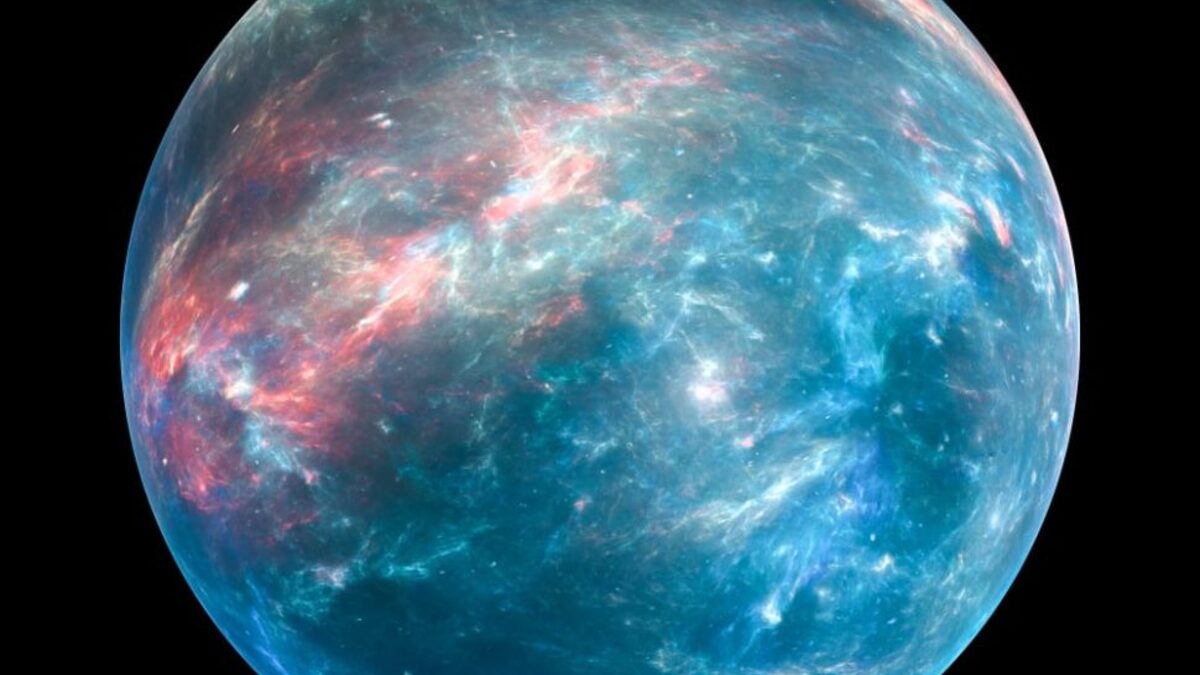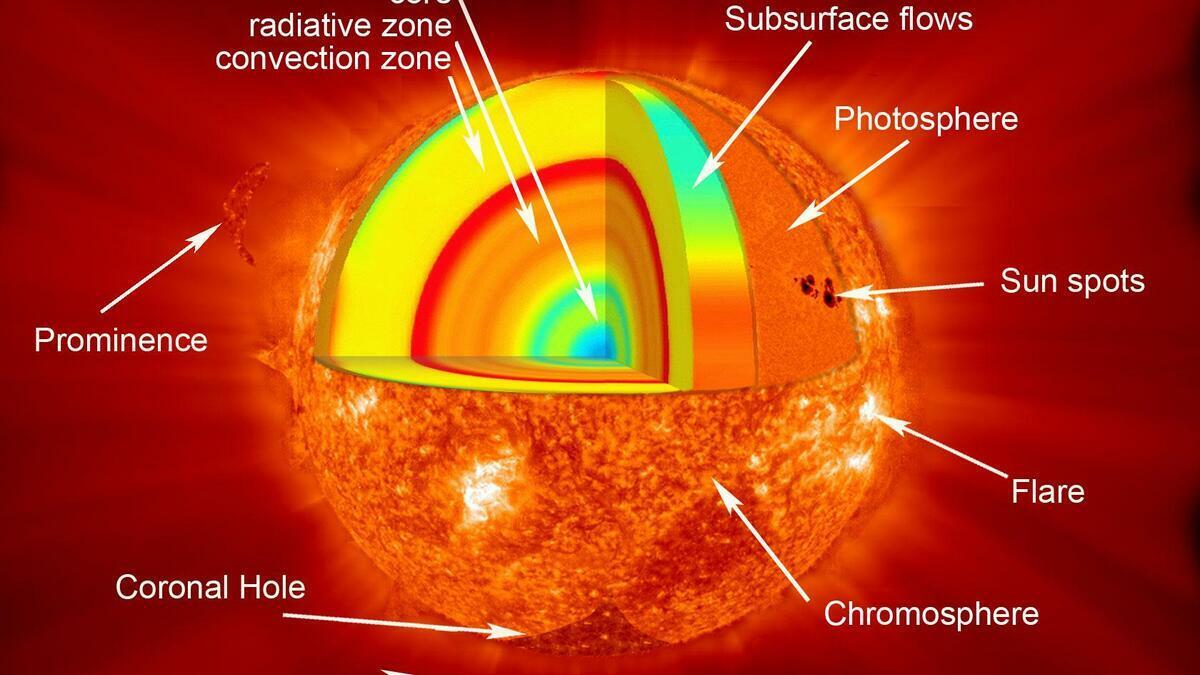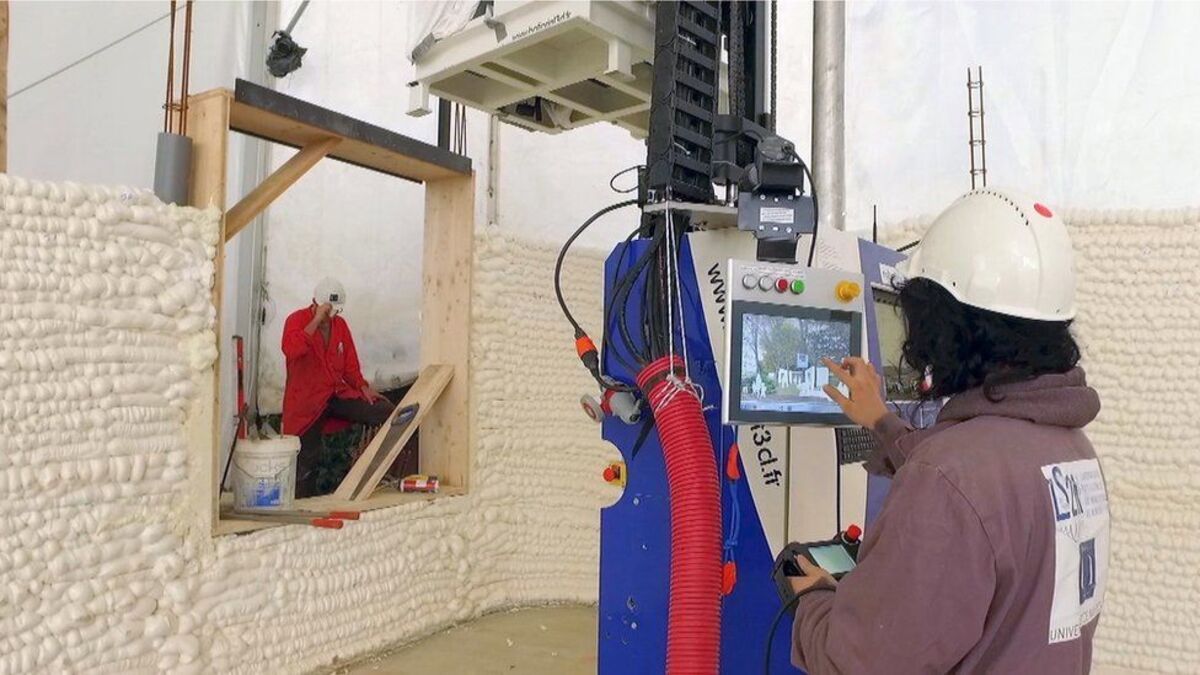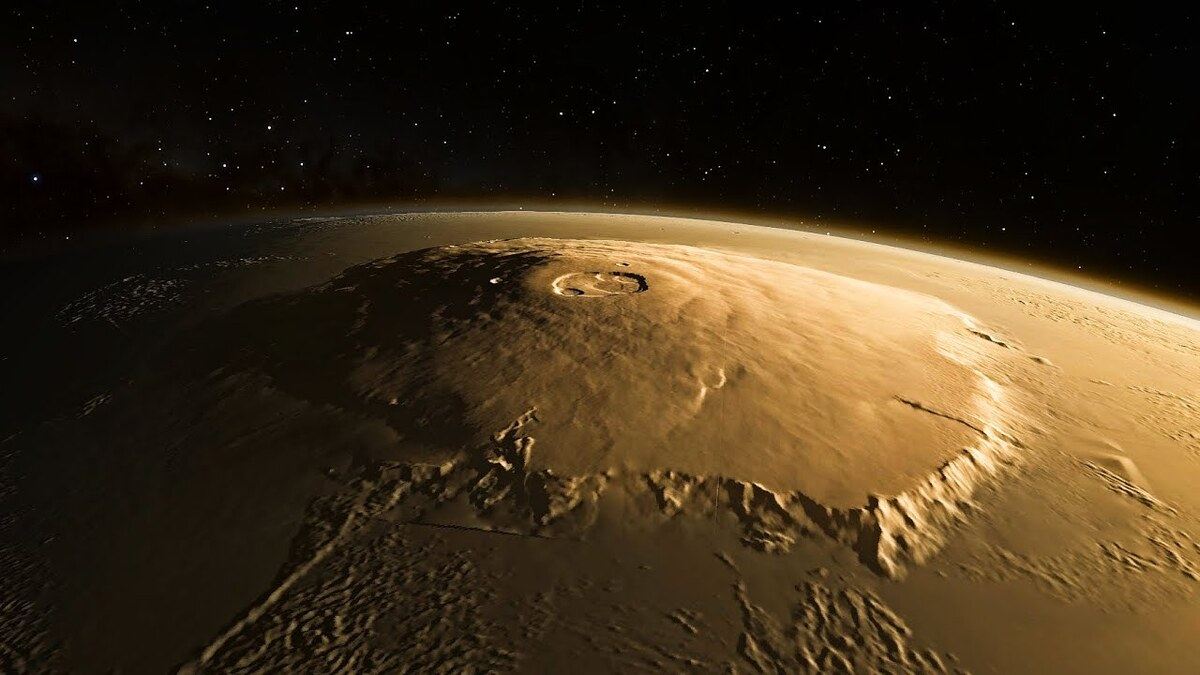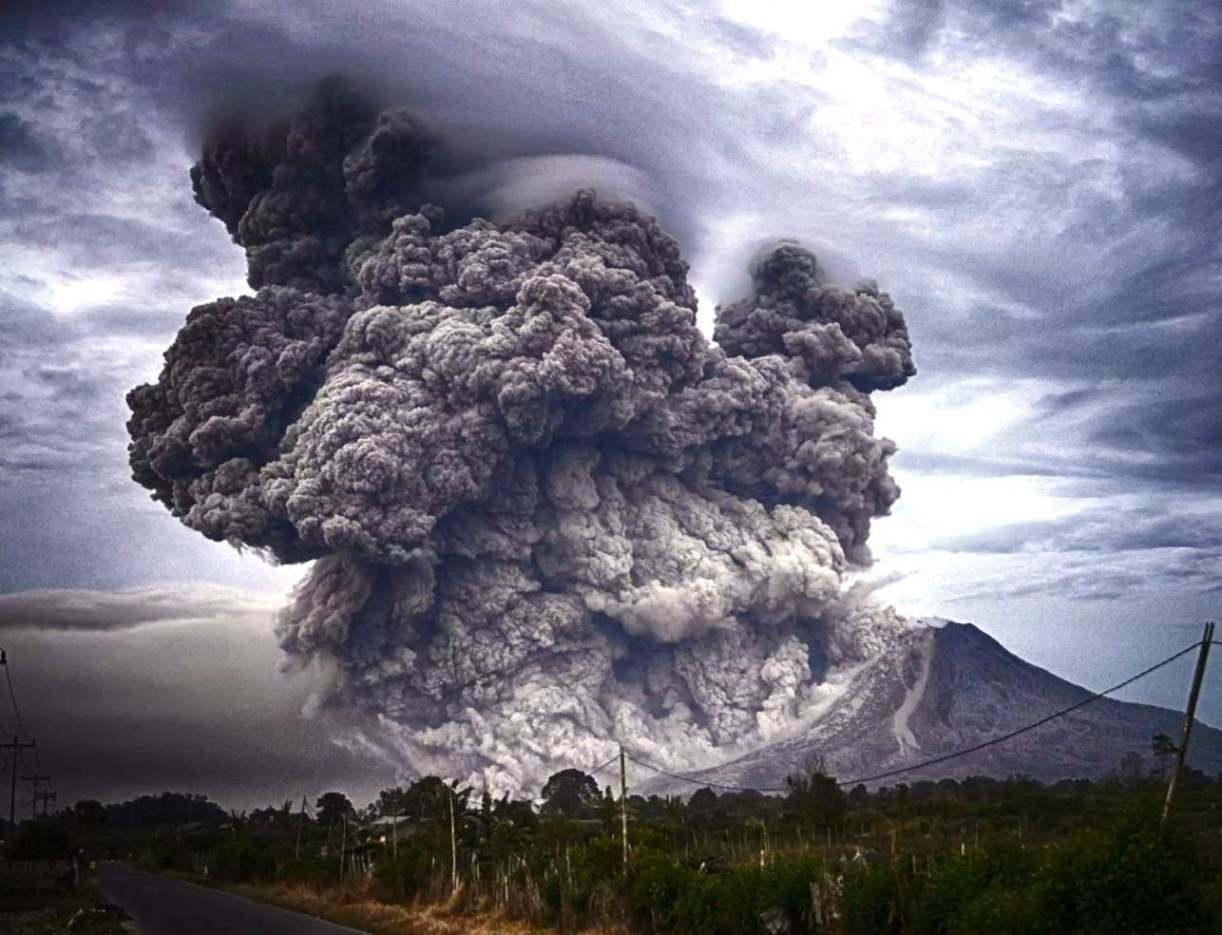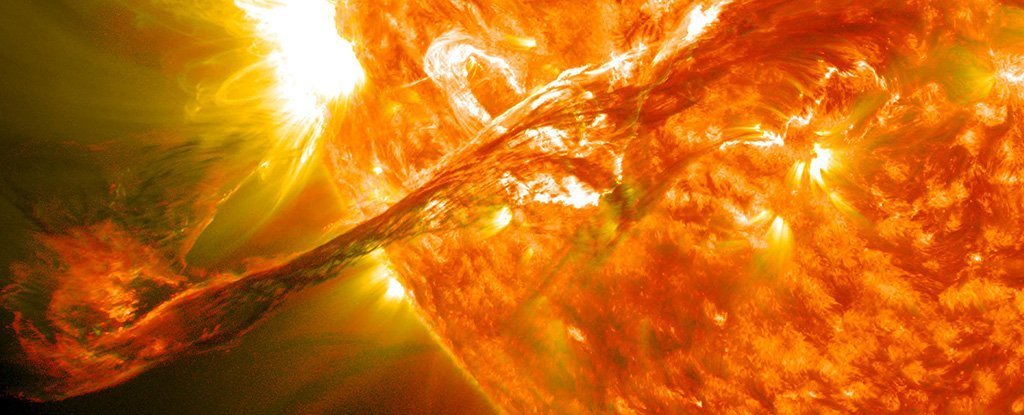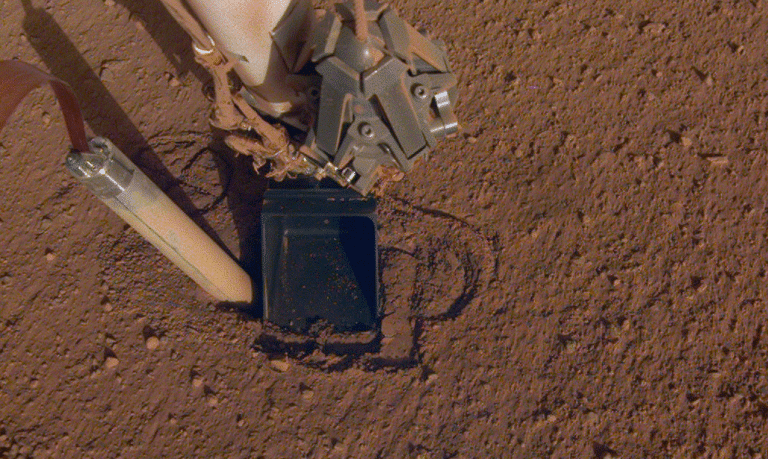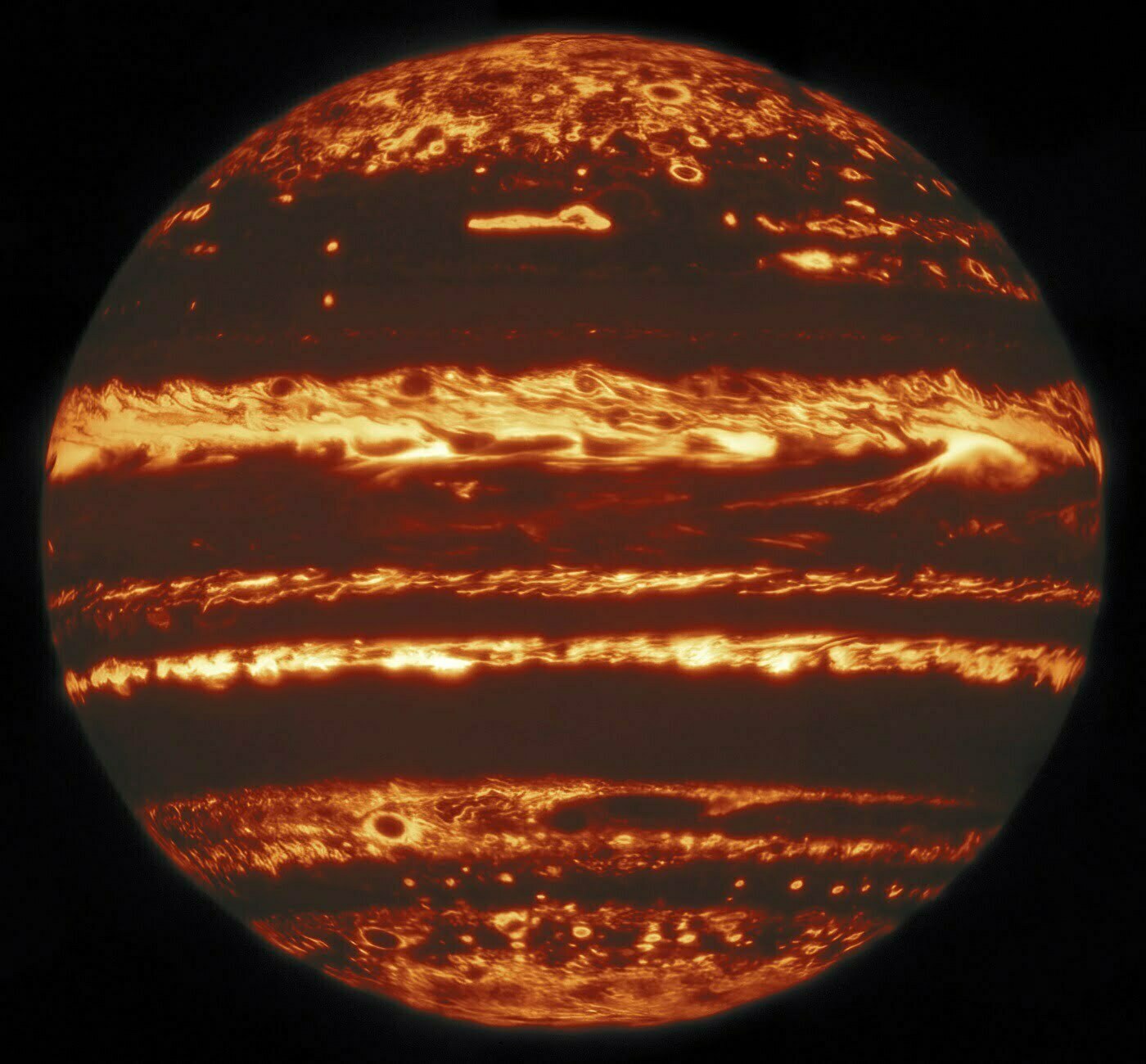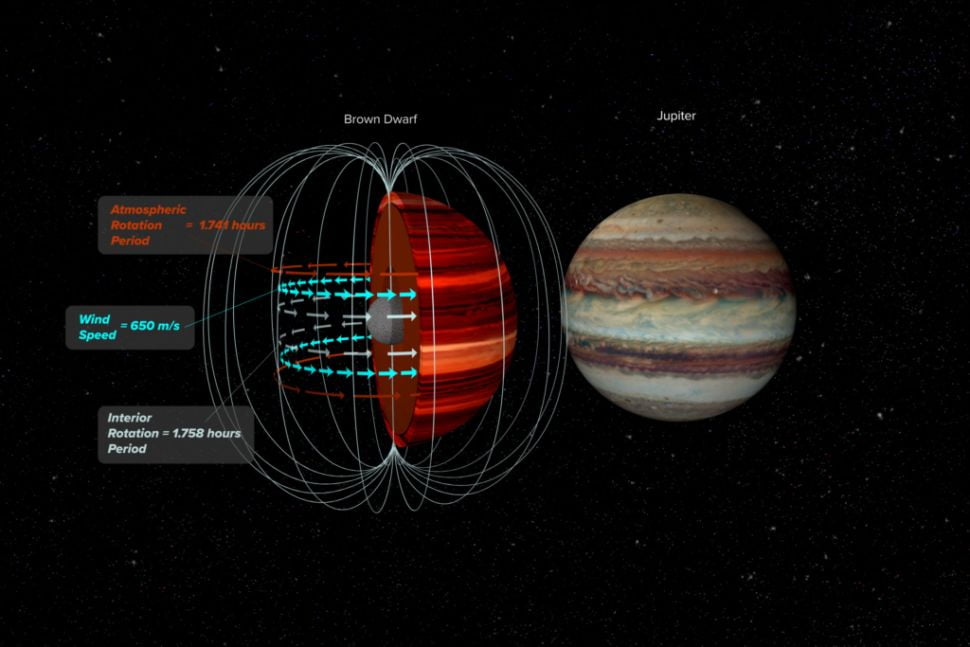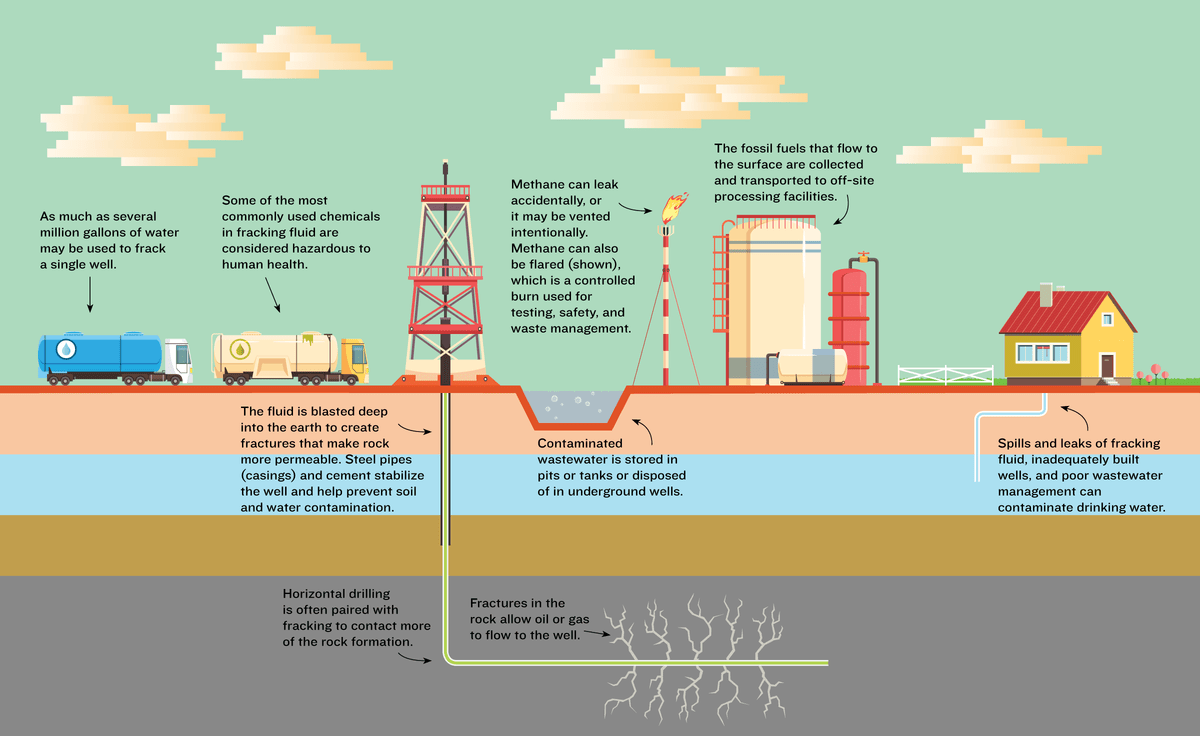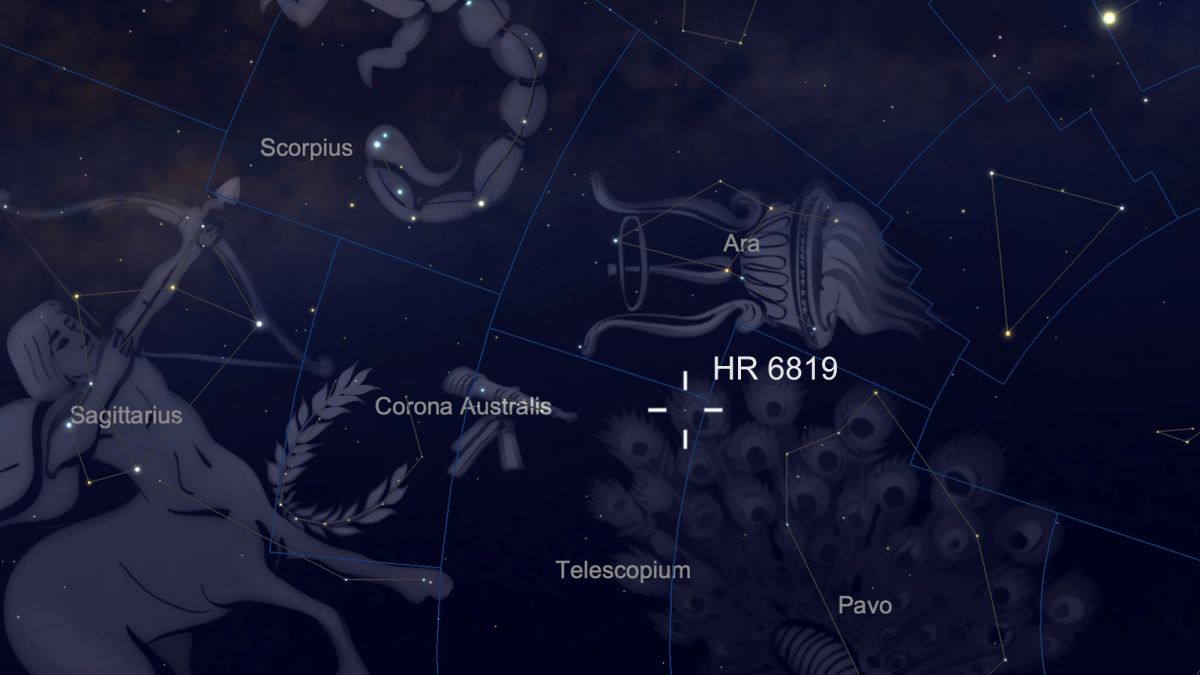What mission could detect oceans at Uranus’ moons?
Exploration of ocean worlds has become a hot topic of late, primarily due to their role as a potential harbour for alien life. Moons that have confirmed subsurface oceans garner much of the attention, such as Enceladus and Europa. But they may not be the only ones. Uranus’ larger moons—Miranda, Ariel and Umbriel could potentially … Read more

